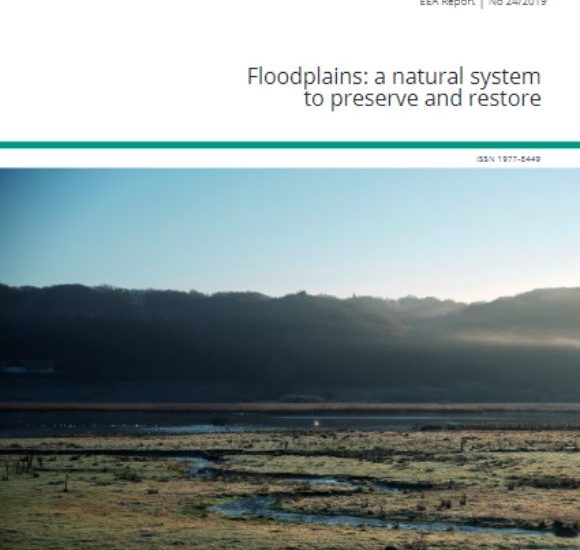European Environment Agency warns up to 90% of Europe’s floodplains are environmentally degraded
- March 9, 2020
- Posted by: administrator
- Category: Environmental, Water Issues, Europe

The preservation and restoration of Europe’s largely degraded floodplains, must be better prioritised according to a new report from the European Environment Agency (EEA).
The report points to studies that show that up to 90 % of floodplains have been environmentally degraded as a result of structural flood protection, river straightening, disconnection of floodplain wetlands, agricultural land use and urbanisation over the past two centuries.
Floodplains have a key role to play in improving biodiversity, water, and climate change mitigation and adaptation, the EEA says.
A more ecosystem-based approach to the management of floodplains would help to conserve and restore biodiversity and reduce chemical and nutrient pollution in rivers, lakes and wetlands, and increase water retention according to the EEA report ‘Floodplains: a natural system to preserve and restore.’ Such an approach would recognise the multiple functions floodplains play.
Natural, undisturbed floodplains are under increased pressure from human development, putting at risk the unique environmental roles they play during flood cycles.
Degraded floodplains in poor position to handle increased risk of flooding due to climate change
According to the EEA, degradation has put floodplains in a poor position to adequately provide important ecosystem services that could otherwise handle the increased risk of flooding due to climate change, as well as improve water and biodiversity status.
While historical changes have supported economic growth and flood protection, they have had serious environmental consequences. Urban and agricultural development of floodplains together with structural flood protection have contributed greatly to disconnecting rivers from their floodplains, reducing their critical roles in flood and drought mitigation, as habitats, and in water quality protection. These changes have also made today’s floods more damaging.
Floods remain one of the most costly natural disasters. The report highlights that floodplain restoration — focused on nature based solutions and an ecosystem management approach — has the potential to greatly increase the role these areas can play in achieving positive environmental benefits, while also reducing the negative impacts of floods.
In addition, floodplains that are maintained in their natural condition would support objectives under existing European Union legislation, including the Water Framework, Floods, Birds and Habitats Directives.
Restoring and preserving floodplains can also support the objectives of the European Green Deal, including climate change, tackling biodiversity loss and eliminating pollution.
Click here to download ‘Floodplains: a natural system to preserve and restore.’
